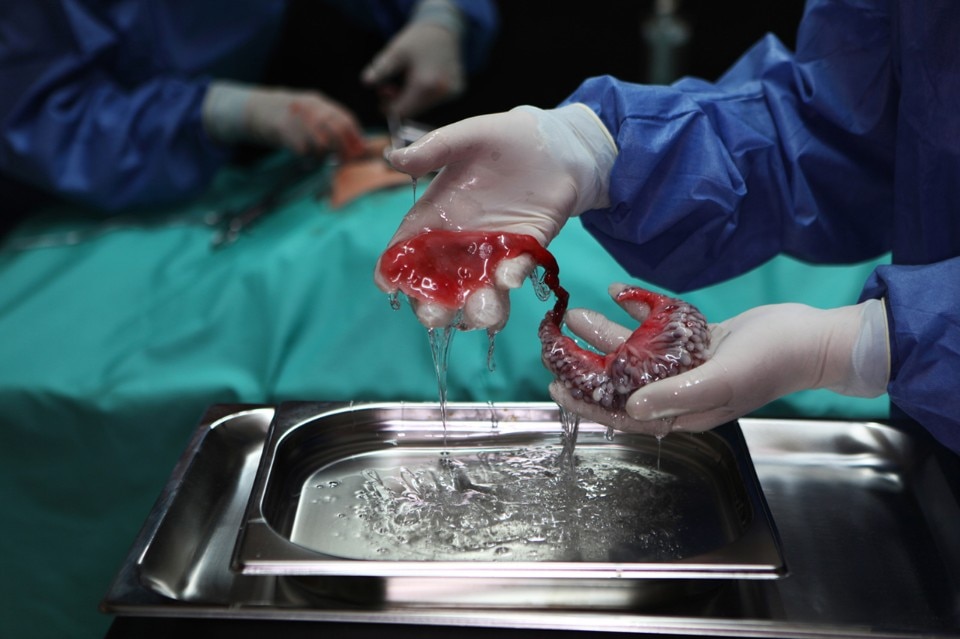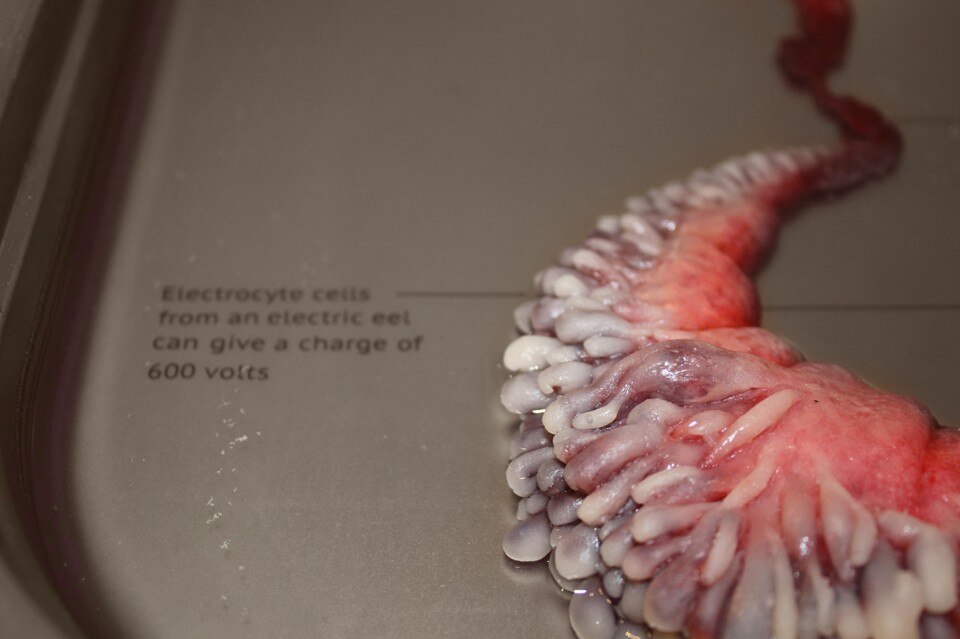
The selection process began with a competition that saw the participation of 350 designers with 750 projects, and which will end with the museum’s acquisition of several of the works.
This panorama reveals a high percentage of proposals that suggest strategies for tackling social issues by designing possible alternatives to the culture of disposable goods, or by developing critical scenarios and proposals to deal with matters such as immigration, big data and biotechnologies. It is a sign of how designers are increasingly searching for spaces of action that can connect to reality, outlining visions for a more shared and inclusive future.
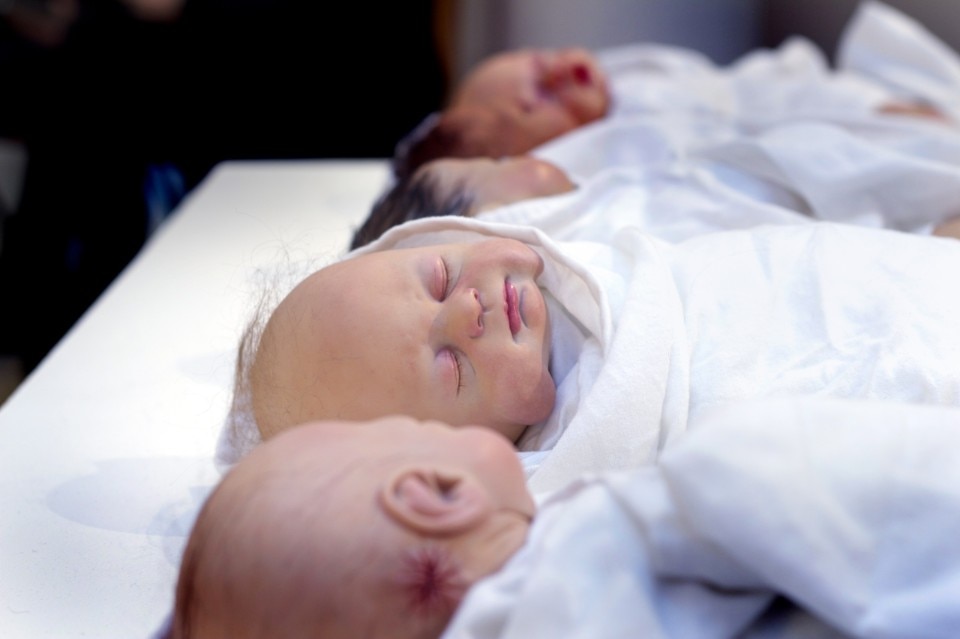
This is the case with Agi Haines. Present in the exhibition with her project Circumventive Organs, the designer invites us to look at the potential offered by new 3D printing technologies used as tools to produce biological tissues and organs. A video and three prototypes prompt visitors to consider a series of scenarios that could arise from the diffusion of biological elements printed and created by the fusion of human and animal cells for the production of new organs with functions that would require millions of years to evolve naturally. The project poses numerous questions regarding the role of design in biotech development and scientific research, but above all concerning ethical and behavioural issues. Haines explains that through her work she “seeks to place attention on and encourage the development of questions that are apparently detached from the daily practice of designers.
This speculative attitude is not only associated with the field of critical design dear to Fiona Raby and Anthony Dunne, but I believe this methodology, in general, can aid cross-disciplinary interactions by promoting an area of considerable shared interest with other disciplines such as economics, anthropology, science, political theory, etc.”
This speculative attitude is not only associated with the field of critical design dear to Fiona Raby and Anthony Dunne, but I believe this methodology, in general, can aid cross-disciplinary interactions by promoting an area of considerable shared interest with other disciplines such as economics, anthropology, science, political theory, etc.
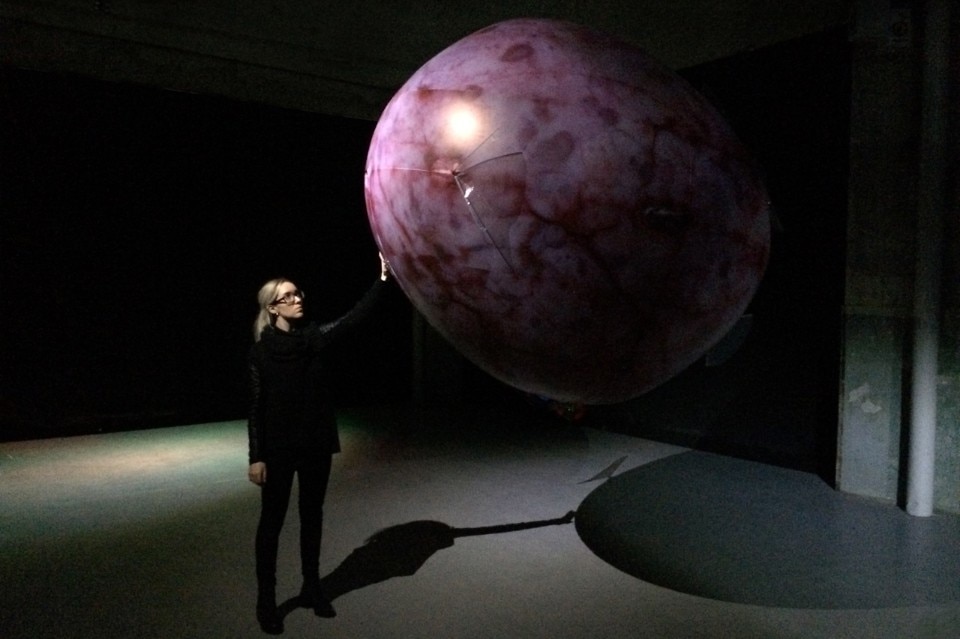
This vision of design feeds into recent theoretical implications arising from the debate surrounding the Anthropocene: in a world modified by humans, we are driven to ponder hybrid possibilities arising from the combination of natural and artificial, to the point of reconsidering the essence of the human race in a transhumanist or post-humanist sense. In an environment permanently marked by ecological, energy and overpopulation disasters, the lab experiments formulated by design and science will sooner or later end up being shared by extensive sections of consumers. The challenge is to identify equilibriums that can lead to better times compared to a period bound to environmental destruction and exploitation for the profit of biotech innovation. This is the new task that designers such as Agi Haines intend to shoulder in a world marked by technological acceleration where the knowledge and power of transformations have never been greater.
New working methods are required for the definition of an environment in which the designer becomes a creator, engineer and permanent motor behind a new sustainable humanism. The Dutch designer attempts to express this theoretical and practical complexity on a more succinct and image-based level by producing a number of almost sculptural elements that seem deliberately provocative, verging on splatter, with the aim of reiterating the themes and values of which they become privileged transferences.
The future-oriented creatures act as tools to engender a greater comprehension of empathy or refusal in the viewers, questioning our perception of what could be considered “human”. These are elements of a landscape of possible applications in the field of biotechnology that show how design has become a way to visualise and interpret the world, not only for designers but also for our culture in a wider sense.
It is uncertain whether this way of looking at design can produce concrete results in the short term, but it may certainly help us to explore new aspects of our surrounding reality, by trying to suggest more sustainable and mindful scenarios. “It would be fantastic if the introduction of a cross-disciplinary sensibility and the consequent exchange of ideas could occur from a young age, in order to foster in new generations a broadmindedness towards methods and thought processes with other people originating from different horizons. Encouraging reflection on certain subjects can create a fertile terrain for the future by producing new and legitimate visions of the world,” says Agi Haines.
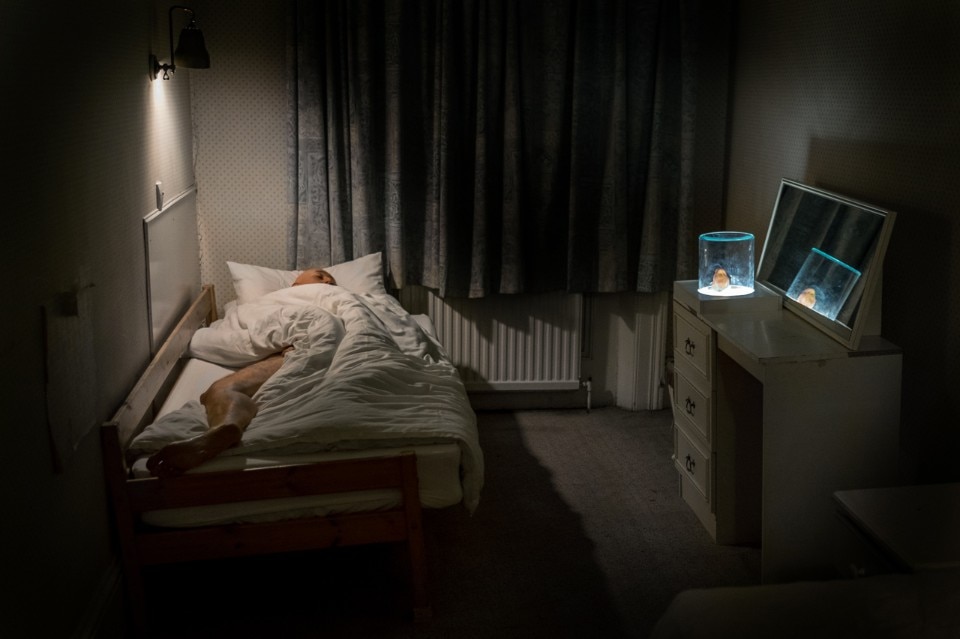
This approach involves opening up to the possibility of continually revisiting and rethinking strategies of relating to and understanding the world. Proposals such as those of Haines reveal a continual development of experiments that outline unusual connections which can pass over the confines of design disciplines to open up to a contamination of knowledge and techniques. This galaxy of heterogeneous figures provides the vital elements for experimenting with new forms of production, but also a fertile space for rethinking formative approaches for a discipline like design that is constantly required to deal with increasingly complex and multifaceted questions. Urged by technological and economic innovation, design is implicated on several fronts.
The successful Dutch format dedicated to a consideration of “What design can do” has listed a whole series of fields, perhaps slightly superficially and rhetorically, in which design is called to intervene: what design can do for refugees, for Europe, for food, for music, for you, and so on. Put in these terms, the question only serves to further underline the difficult phase and the complexity of what is at stake. Design cannot be conceived as the character played by Harvey Keitel in Pulp Fiction: “I’m Winston Wolf, I solve problems.”


